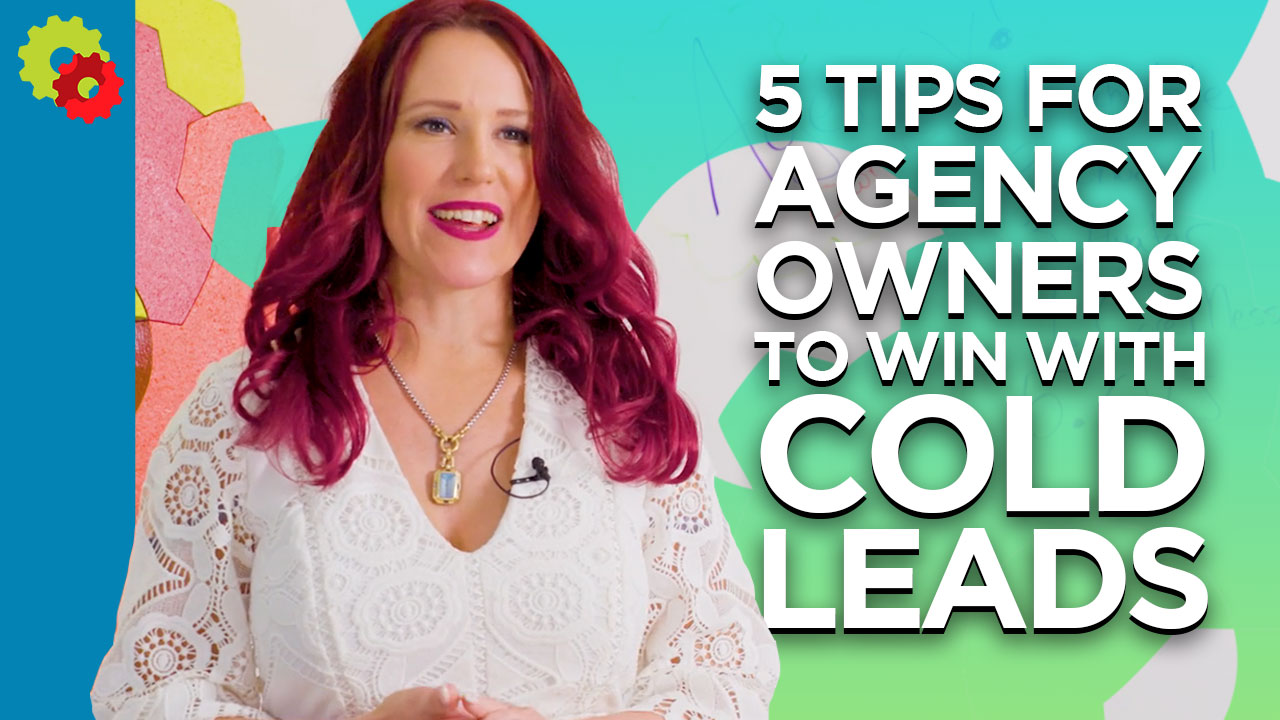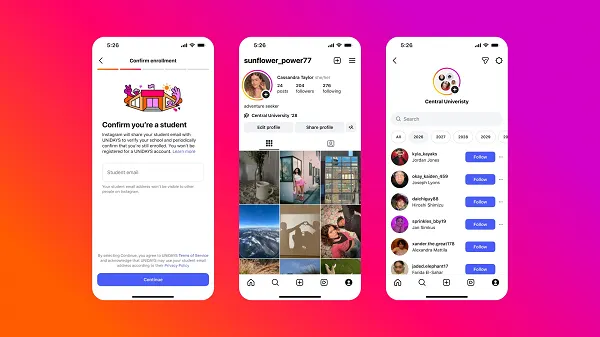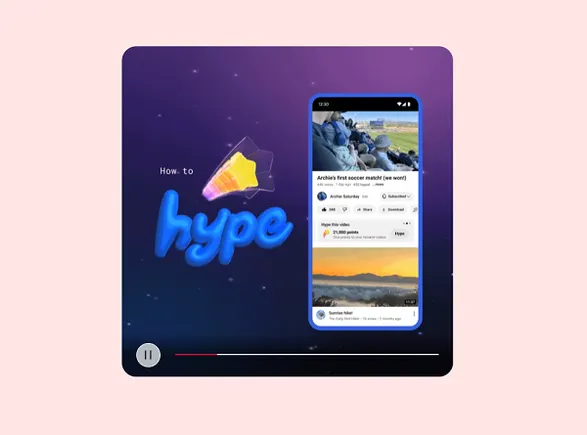Why Home Improvement Companies Should Be Using Paid Social To Get Ahead Of Their Competitors
Let’s face it, we’re all trying to get ‘one-up’ on the competition aren’t we? Who has the flashiest car? Who’s the best dressed? Who has the biggest house? This is no different in the world of advertising. Brands are...

Let’s face it, we’re all trying to get ‘one-up’ on the competition aren’t we? Who has the flashiest car? Who’s the best dressed? Who has the biggest house? This is no different in the world of advertising. Brands are fighting to get ahead of each other and in front of their target market across a range of platforms. This is particularly common on paid social channels such as Facebook, Instagram and Twitter. A market that has seen a lot of investment in advertising in recent times is the home improvement sector.
Due to the events of the past 18 months, fewer of us are spending our hard-earned cash on jet setting and more of us are taking to home improvements. In fact, according to the U.S Census Bureau, 76% of homeowners aren’t traveling in 2021 – a statistic that is surely mirrored this side of the Atlantic. The trend around home improvements is the complete opposite. According to the Home Improvement Research Institute, the pandemic is influencing 57% of new home projects.
This presents a massive opportunity to home improvement companies to get their brand noticed by users in a growing market. When users are ready to improve their home, we want them to already know about us and therefore they know where to go. There are numerous ways in which brands can advertise, but digital advertising is completely measurable and can reach people at scale.
Wouldn’t it be great if we could advertise to our key target market to help us drive awareness of our brand just when these users are thinking about home improvements? Well, you’re in luck my friend. We’re going to show you a few tips on how to do this and some things that you may want to consider.
1) Profile your audience
Unlike more traditional forms of media (TV, newspaper, radio), digital advertising, and more specifically, paid social, is not a one size fits all. We don’t have to resort to putting out an ad and hoping that somebody who might be interested sees or hears it.
One of the features of advertising on paid social is the enormous bank of audience data that we can dip into. Facebook and Instagram in particular have so much audience data that advertisers can use, we can make our targeting as broad or as specific as we like.
Of course, we want to make it as specific as possible, but we need to be mindful of the audience size (see tip 2). The most important thing to do is to think about exactly who will take action before searching for relevant audience segments on the paid social platform.
In the examples below, we have created 2 audiences. One ‘general home improvements’ audience and one specific to the ‘flooring industry’.


Companies who sell a range of products such as soft furnishings, furniture, paint etc. may want to reach a wider audience and use the general audience targeting general home décor/home improvements segments. Being more generic, this audience has a lot more users in, therefore we’ll have a higher reach, and it will likely cost us more to run.
However, if you are specifically a flooring company, you would only want to reach users interested in flooring and therefore can exclude more generic segments. The second audience targets users who are searching online for flooring, therefore making this a good choice for flooring companies. Of course, as we get more specific with our targeting, the number of users decreases, meaning that our reach will be lower. This isn’t necessarily a bad thing, as long as we are targeting the most relevant users. This leads us on to our second tip…..
2) Ensure you have enough of an audience to target
Whilst we want to target the most relevant users with our adverts, we need to be sure that we aren’t ‘too specific’. For example, targeting 40-50 year old women, who live in Swansea, have an interest in home décor and are actively shopping will probably be too niche for most businesses. Whilst there are some cases for segmenting audiences like this, we need to ensure that our audience size is representative of the size of our business.
For example, ‘B&Q’, who have stores all over the country would create numerous audiences for the different departments they have, with their audience size totalling millions. An audience of this size wouldn’t be recommended for ‘Jane’s Haberdashery’, who would only have the budget to operate locally, using the Swansea audience we spoke about earlier.
The key point here is to know your target market in tip 1 and then ensure you are not being too niche and have enough of a user base to reach in tip 2. As discussed, this does of course depend on the size of your business, the location you operate in and the media budget that you have available.
3) Utilise any CRM data that you have
CRM data (if GDPR compliant) can be an invaluable set of data for any business to reach their previous customers or subscribers. This is true across paid social platforms too.
We highly recommend that you upload any CRM data that you have to your paid social ad accounts and re-engage users who are a part of your list. This can help to influence lapsed users into purchasing again, can inform users of a new product range or offer that you have on or just to make sure that these users haven’t forgotten about you.
In addition to this, we recommend building lookalike audience from your CRM data. We’ll talk about this more in point 5.
4) Build website remarketing lists to re-engage users who haven’t completed the desired action
Points 1 and 2 are all about driving new users to your website, a tactic known as prospecting. Point 3 talks about remarketing to users on a CRM database. There is still a gap to close and that is to re-engage users that have visited your website but not converted (purchased/signed up).
Remarketing essentially means targeting users that have already interacted with your brand, either as a website visitor or somebody who is a part of your CRM database. Website remarketing works by tracking a user’s behaviour on your website and building lists based on the actions they complete. For example, a key remarketing audience that we recommend setting up is basket abandoners. This audience is made up of users that visit your website, browse products, add products to their basket and then leave your website before completing a purchase.
We want to retarget these users as they have shown a genuine interest in your products and were one step away from completing a purchase. They just need one final push to get over the line. This can be as simple as an urgency message such as ‘Hurry, buy today!’, or a promo code such as ‘Use code TODAY5 to get 5% off your purchase!’.

Remarketing campaigns aren’t typically used for brand awareness, as we are targeting users that already know about your brand. But they are a great tactic to use to help drive sales, leads or any other goal that you are trying to achieve.
5) Create lookalike audiences
Another audience type that should be used is lookalike audiences. Lookalikes use the social media platform’s algorithm to find similar users to those that you are already targeting. Lookalikes can be built from your website remarketing lists and your CRM data.
Essentially the aim of this targeting is to find new users who haven’t yet interacted with our brand and feed them information to raise brand awareness. These users share similar behaviours and interests to those users that we already know. For example, building a lookalike audience from previous purchasers will tell the platform to look at the characteristics of the users that have bought from us and find new users who share these characteristics. Pretty cool, right?
6) Get creative and provide inspo
One way of really standing out in the crowd when it comes to home improvements is to think about your creative. We recommend using a range of ad formats including image, carousel and video. Not only is it good to have a variation of creative, it’s worth testing to see what works best with your audience.
In the home improvement space, users want to be inspired. They want to see aspirational products, the crème de la crème. Therefore, creative is super important when thinking of how to get in front of your competitors. Using high quality images is a great start to achieving this. It’s no longer enough to just show the product that you are selling. Brands need to create experiences and style rooms with multiple products to give the full impact of what their products can achieve for the customer’s home space.
We have included a few paid social adverts of home improvement brands that do this well.



Summary
Paid social advertising is a great option for home improvement companies to get in front of their key target market when they are relaxed and perhaps already looking for inspiration. Platforms such as Instagram and Pinterest do this really well as the users on these platforms are actively searching for high quality images and videos, to help provide inspo on a range of industries.
Utilising these platforms’ massive bank of audience data can help us to target the right people, exactly when they are looking for your products and services. Pair this in depth targeting with beautiful creative and you’re sure to get ahead of your competitors.

 ValVades
ValVades 







![3 Tips for Hiring Team Members for Your Marketing Agency with Jeff Hunter [VIDEO]](https://www.digitalmarketer.com/wp-content/uploads/2022/05/SAVAGE_MARKETING_THREE_TIPS_THUMBNAIL.jpg)
























